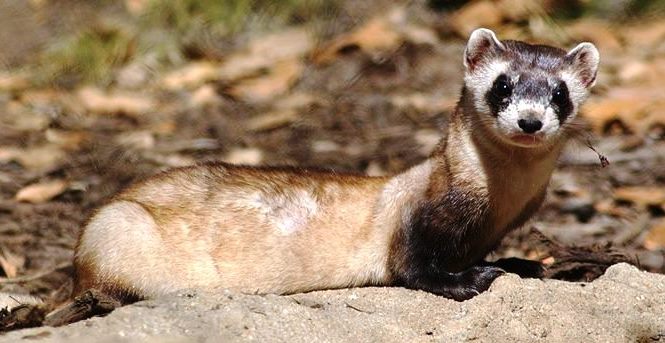Key Concepts
A species of animal, plant, or other living organism that is in serious danger of extinction throughout all or a significant portion of its range. When a species is categorized as endangered, its numbers are so small that the species is at risk of extinction. To conserve an endangered species, whether animal (Fig. 1), plant, or another living organism, an adequate number of populations must be maintained within a sufficient amount of protected habitat, with the goal of minimizing the likelihood of future extinction. "Threatened species" is a related term, referring to a species likely to become endangered, at least locally, within the foreseeable future. See also: Conservation of species; Extinction
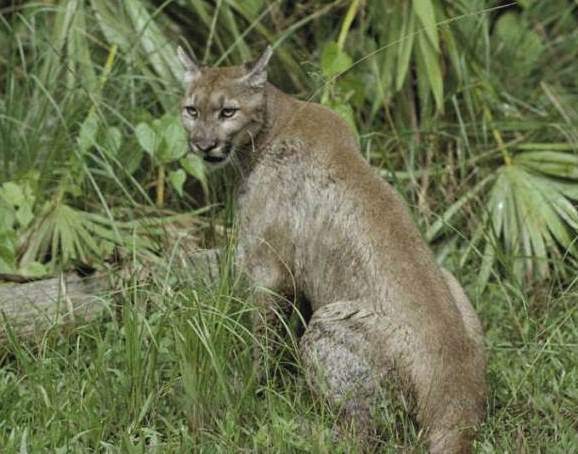
Species diversity
The term species is defined in a variety of ways. Most commonly, and for purposes of protecting from extinction, species are defined using the biological species concept: a species is a distinct population or series of populations within which there is a significant amount of gene flow and which is reproductively isolated from other populations under natural conditions. Species extinction is a natural process. In fact, fewer than 1% of all species that ever existed are present today. Throughout the history of life, there have been certain periods with high extinction rates. For example, many dinosaur species, along with many other types of species, became extinct within a short time at the end of the Cretaceous Period. These periods of mass extinction have occurred five times. Currently, there is wide agreement among biologists that human activity has created a sixth mass extinction spasm, called the Anthropocene extinction, which continues today. According to some estimates, at least one in eight plant species and one in four mammal species are threatened with extinction. See also: Anthropocene extinction; Speciation; Species concept
The regions with the highest number of extinctions and endangered species are those with the greatest species diversity. Species diversity refers to the abundance of species in a given area. In general, larger areas contain greater species diversity, although other factors are also relevant. Species diversity tends to follow geographic patterns: there are more species at lower latitudes and altitudes. Tropical rainforests in countries such as Brazil and Indonesia harbor most of the world's species. In addition, many unique species live on islands, particularly tropical islands. Island species often exist under special conditions where they have comparatively few competitors and predators. They are restricted to a small range and commonly have small populations. These endemic species are particularly susceptible to extinction because their ranges and population sizes are small. See also: Biodiversity; Island biogeography; Population ecology; Population viability; Rainforest; Tropics: latitudinal biodiversity gradient
Causes of species loss
The main factors that cause species to become endangered (and that have led to the current mass extinction spasm) are habitat destruction, invasive species, pollution, and overexploitation.
Habitat destruction
Habitat destruction is the single greatest threat to species around the globe. Natural habitat includes the breeding sites, nutrients, physical features, and processes such as periodic flooding or periodic fires that species need to survive. Humans have altered, degraded, and destroyed habitat in many different ways. Logging, for example, has destroyed forests around the world that are habitat to many species. This activity has a great impact in tropical areas, where species diversity is highest. Although cut forests often regrow, many species depend on old-growth forests that are more than 200 years old; these forests are destroyed much faster than they can regenerate. The threatened northern spotted owl (Fig. 2), which is native to the Pacific northwest of the United States, is a good example of a species that needs to live in old-growth forests for access to the small mammals that they eat and to appropriate nest sites.
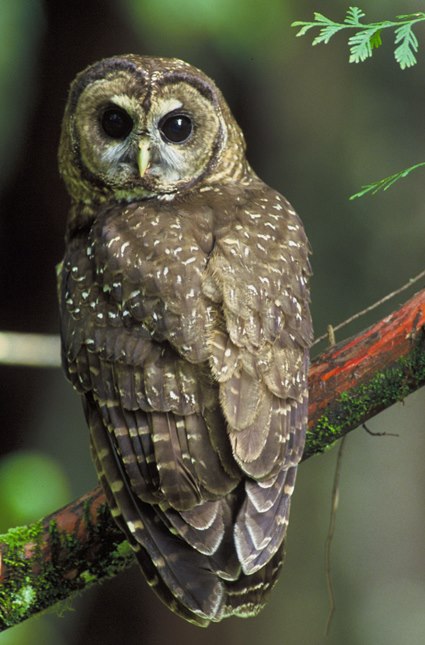
Agriculture has also resulted in habitat destruction. For example, in the United States, tallgrass prairies that once were home to a variety of unique species have been almost entirely converted to agriculture. Less than 2% of tallgrass prairies remain. Housing development and human settlement have cleared large areas of natural habitat. The construction of roads (which is associated with logging, mining, and housing developments) is a major threat to species because animals are killed by vehicles and because they eventually avoid areas with too many roads and too much human activity. Mining has destroyed habitat because making the desired minerals accessible routinely involves altering the landscape by creating huge pits, removing mountaintops, or stripping off the top layer of large swaths of land. Mining procedures for extracting minerals also create pollution: for example, cyanide is used to extract gold. Water development, especially in arid regions, has fundamentally altered habitat for many species. Dams change the flow and temperature of river waters, and they block the movements of species upstream and downstream. Channelization, in which trees and other bank vegetation are removed, results in higher water temperatures and higher rates of flow along waterways. The reallocation of water for human use (usually agriculture) has dried up vegetation along rivers and left many aquatic species with insufficient water. See also: Agriculture; Mining
Invasive species
Invasion by nonnative species is another major threat to species worldwide. Invasive species are ones that, when introduced to a new range or environment, will establish themselves and take over space and nutrients from native species. As transplants, these invasive species often live in the absence of their natural predators and competitors, and can therefore grow and multiply almost unchecked. Invasive species are especially problematic for island species, which often do not have defenses against the new predators or competitors. For example, the brown tree snake was introduced to Guam and nearby islands where snakes were unknown. The snake multiplied vastly and ate so many birds and other animals that most of the bird species on those islands became extinct. In Florida, Burmese pythons (predominantly introduced to the wild unintentionally via the pet trade) are preying on many endangered species, including the wood stork and Key Largo woodrat, as well as other species (for example, white ibis, limpkins, and round-tailed muskrats) that are being watched carefully by conservationists (Fig. 3). Habitat destruction and invasion of nonnative species can be connected in a positive feedback loop: when habitat is degraded or changed, the altered conditions that are no longer suitable for native species can be advantageous for invasive species. In the United States, approximately half of all endangered species are adversely affected by invasive species. See also: Invasion ecology; Invasive species
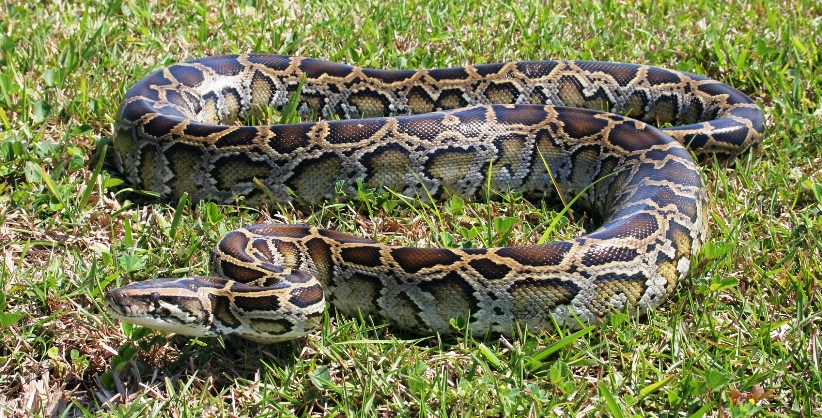
Pollution
Pollution directly and indirectly causes species to become endangered. In some cases, pesticides and other harmful chemicals are ingested by organisms low on the food chain. When these organisms are eaten by others, the pollutants become more and more concentrated in plant and animal tissues, until the concentration reaches dangerous levels in predators and omnivores. These high levels cause reproductive problems [for example, birds carrying high levels of the pesticide DDT (dichlorodiphenyltrichloroethane) cannot reproduce] and sometimes death. In addition, direct harm often occurs when pollutants make water uninhabitable. Agriculture and industrial production cause chemicals, such as fertilizers and pesticides, to reach waterways. Lakes have become too acidic from acid rain, which contains previously airborne chemicals. Other human activities, including logging, grazing, agriculture, and housing development, cause siltation (another form of pollution) in waterways. Largely because of this water pollution, two out of three freshwater mussel species in the United States are at risk of extinction. Pollution has also led to other phenomena that present risks to species. Most scientists agree that pollution is also causing climate change (often referred to as global warming), as well as greater exposure to ultraviolet radiation from ozone-layer depletion. See also: Air pollution; Environmental toxicology; Global climate change; Pesticide
Overexploitation
Many species have become endangered or extinct from humans killing them for food or population control throughout their ranges. For example, the passenger pigeon, formerly one of the most abundant birds in the United States, became extinct largely because of overexploitation. Overexploitation is especially a threat for species that reproduce slowly, such as large mammals and some bird species. Overfishing by large commercial fisheries is a threat to numerous marine and freshwater species. See also: Marine conservation
Strategies for protection
Habitat destruction and other threats to species worldwide increased in the twentieth century and have continued into the twenty-first century; however, steps are under way to reduce those threats. Many people have realized that endangered species can signal current or eventual threats to human health and safety. Efforts to save species focus on ending exploitation, halting habitat destruction, restoring habitats, and breeding populations in captivity. See also: Conservation of resources
Internationally, endangered species are protected from trade that depletes populations in the wild through the Convention on International Trade in Endangered Species of Wild Fauna and Flora (CITES). More than 180 member countries and states act by banning commercial international trade of endangered species and by regulating and monitoring trade of other species that might become endangered. For example, the international ivory trade was halted in order to protect elephant populations from further depletion. In addition, the International Union for Conservation of Nature and Natural Resources (IUCN) identifies which species are in danger of extinction and initiates international programs to protect them.
In the United States, the Endangered Species Act of 1973 protects endangered species and the ecosystems upon which they depend. This law seeks "to provide a means whereby the ecosystems upon which endangered species and threatened species depend may be conserved, to provide a program for the conservation of such endangered species and threatened species, and to take such steps as may be appropriate to achieve the purposes of the treaties and conventions" in which the United States has pledged its support for the conservation of wild flora and fauna worldwide. This law encompasses all species of the animal and plant kingdoms, with the term species pertaining to any species, any subspecies, any smaller taxonomic unit of plant or animal, and also any viable population segment thereof. Furthermore, the law established two categories of endangerment: (1) endangered species—those species in danger of extinction throughout all or a significant portion of their range; and (2) threatened species—those species that are likely to become endangered within the foreseeable future throughout all or a significant portion of their range (Fig. 4). This law also emphasized the need to preserve critical habitats on which endangered species depend for their continued existence. Individual states were encouraged to establish guidelines to complement the goals outlined in the 1973 Act.
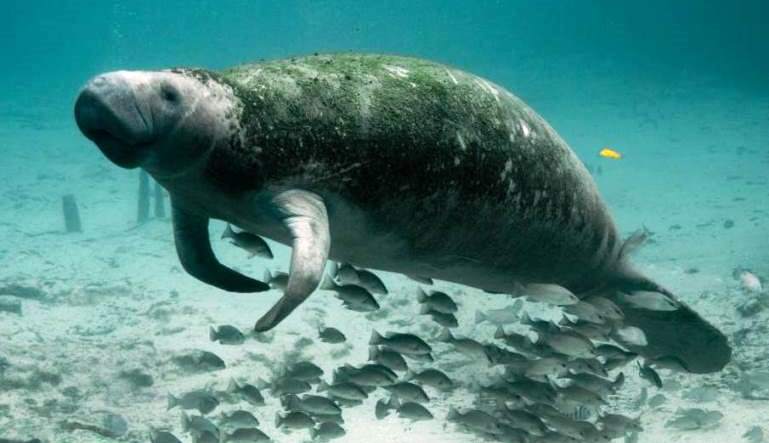
Typically, the first step is identifying which species are in danger of extinction throughout all or part of their range and adding them to an endangered species list. In the United States, species are placed on the endangered species list if one or more factors put it at risk, including habitat destruction or degradation, overutilization, disease, and predation. In addition, there is an assessment of whether the species is otherwise protected from those threats. Subspecies and distinct populations of species can be listed as endangered as well. The IUCN places species in categories of endangerment based on various factors, including population size, extent of population decline, and predicted population decline, either in population or in area of occupancy.
From looking at patterns of where endangered species exist in the United States, it is clear that areas with high species diversity and high human population tend to have the most endangered species. In the United States, the greatest numbers of endangered species occur in Hawaii, southern California, the southeastern coastal states, and southern Appalachia. These species are also highly susceptible to endangerment because they tend to have small population sizes and because they are particularly vulnerable to introduced competitors, predators, and disease. See also: Predator-prey interactions
Once a species is determined to be endangered, the U.S. Endangered Species Act protects and aims to restore endangered populations through two main strategies: (1) halting exploitation and (2) habitat protection and restoration. It is prohibited to kill, harm, or harass an endangered species. In addition, habitat destruction is prohibited if it results in impairment of the animal's ability to forage, breed, or seek shelter. To complement prohibitions on harming endangered species, the act requires that critical habitat for a species be delineated and prioritized for protection. The act also requires a recovery plan for each species, which defines the status of the species, threats, measures to be taken to restore its numbers, and goals to be met so that delisting can occur. Rising numbers of cities and counties are developing conservation plans for one or more endangered species. These plans contain information on important habitat that should be preserved, as well as permits for housing development, agriculture, and other activities to occur elsewhere. These protective efforts for endangered species also serve to protect other species in the same areas that might otherwise become endangered. All of these methods, from prohibitions to large-scale planning, are aimed at recovering species so that they are no longer in danger of extinction. See also: Environment; Environmental management; Forestry; Land-use planning
For many endangered species, a significant captive population exists in zoos and other facilities around the world. By breeding individuals in captivity, genetic variation of a species can be more easily sustained, even when the species' natural habitat is being destroyed. Some species exist only in captivity because the wild population became extinct. For a few species, captive individuals have been reintroduced into natural habitat in order to establish a population where it is missing or to augment a small population [for example, black-footed ferrets (Fig. 5) and California condors]. Depending on the species, reintroduction can be very difficult and costly because individual animals may not forage well or protect themselves from predators. For example, the golden lion tamarin has been nearly extirpated from Atlantic coastal rainforests in Brazil. These monkeys have been bred in captivity and trained for reintroduction at a nature reserve in Brazil. Although some individuals do not survive reintroduction, others are able to breed, and a viable wild population is being reestablished. See also: Ecology
